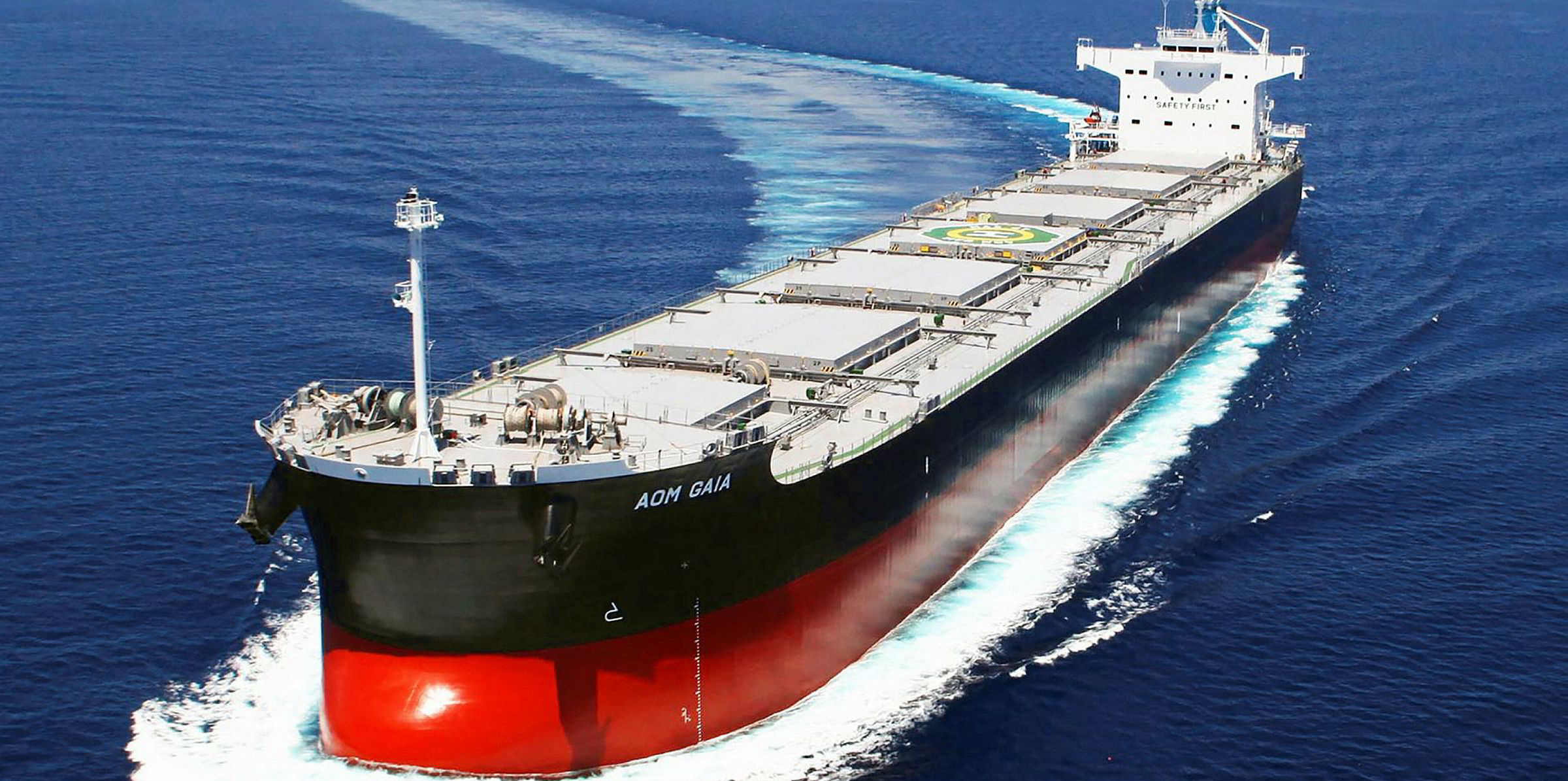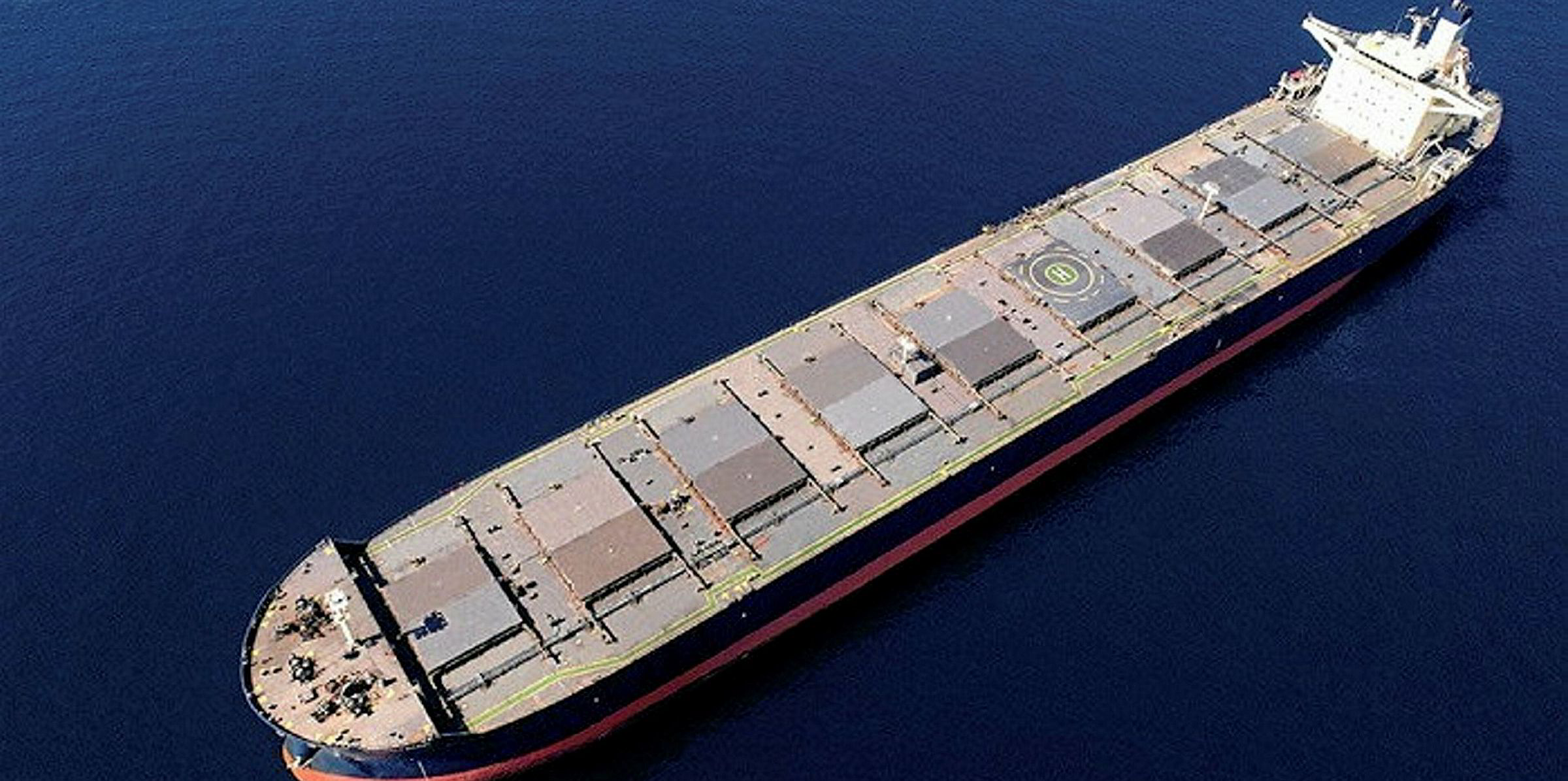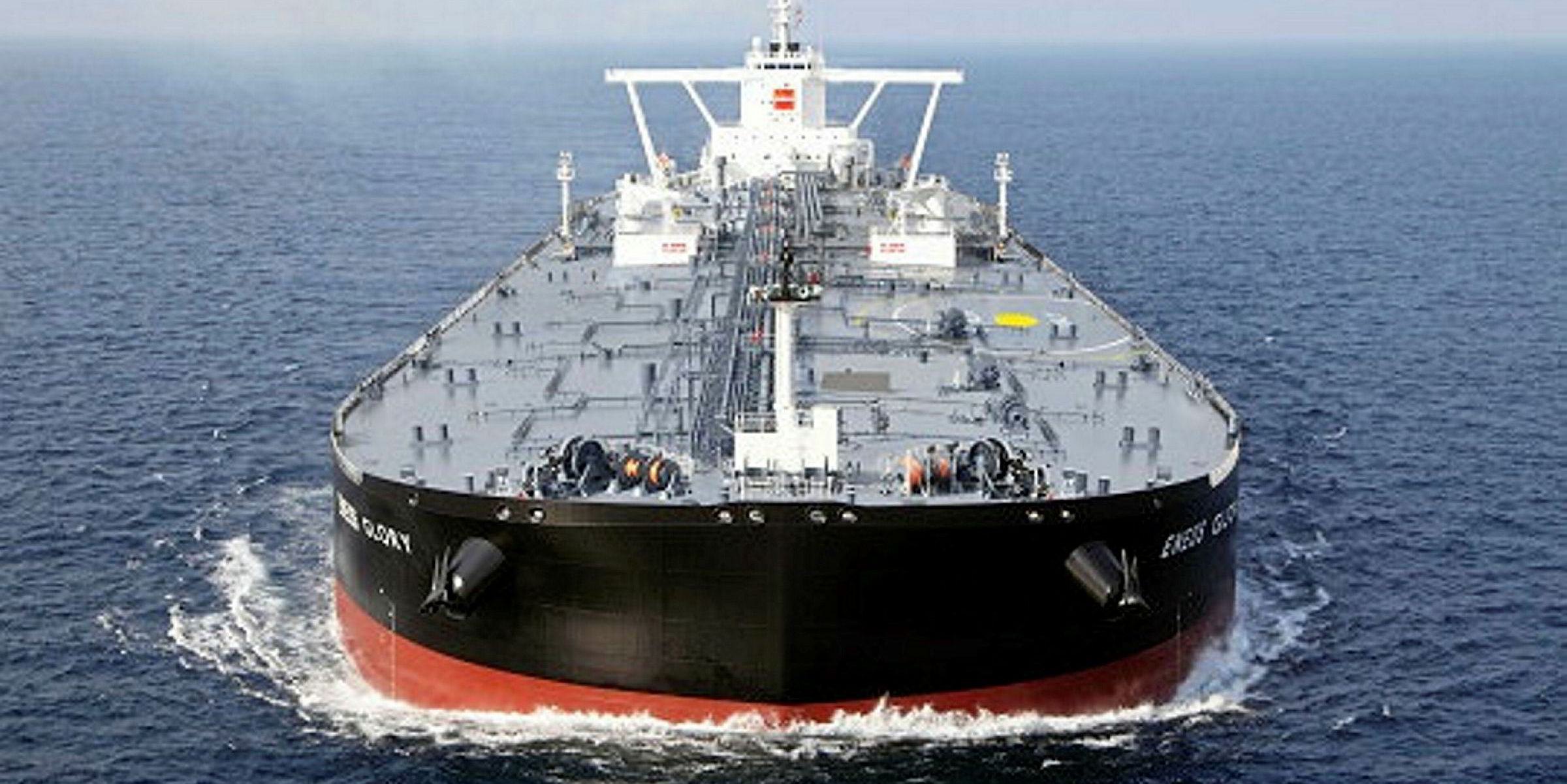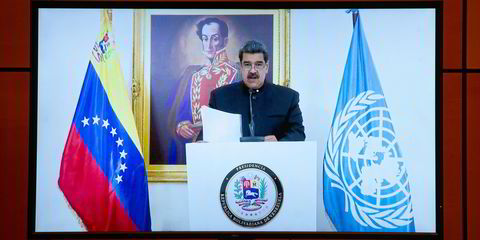S&P Global Platts has launched a new dry bulk weighted average index for the kamsarmax market and has similar plans for the supramax sector.
Peter Norfolk, editorial director, global shipping & freight, S&P Global Platts claims the existing approach to pricing kamsarmax class vessels was in “desperate need of improvement”.
“It does not cover many liquid trading regions nor reflect the reality of current freight trade flows, which leaves market participants exposed to basis risk and prevents effective hedging,” he said.
“We are confident this new index provides greater accuracy in capturing liquidity on trade routes and helps market participants reduce basis risk substantially.”
Platts said the KMAX 9 is derived by applying an allocated weighting to the daily time charter equivalent (TCE) assessments of nine key voyages.
The Brazil-China route contributes some 34.25% of the weighting, with routes between the US and the Netherlands, Australia and China and Canada and China contributing 12.4%, 11.25% and 10.75% respectively.
The remaining 31.3% of the weighting is from a combination of routes between the US and China, South Africa and India, Australia and India, Indonesia and China and Indonesia and India.
We took a year to collect market feedback and suggestions before we launched the KMAX 9 index
S&P Global Platts
“The KMAX 9 Index will cater to the shipowners and traders equally who are looking to fix their vessels basis a dollars per day rate for period deals, which are called index-linked fixtures, as well for hedging purposes as part of a risk management exercise,” Pradeep Rajan, senior managing editor, Asia Pacific shipping & freight told TradeWinds.
“Given that the KMAX 9 Index captures the comprehensive coverage of the routes that kamsarmax bulkers trade on, shipowners would want to use it for COA deals with a premium or discount to it.”
Rajan said the dry bulk market was “keen to see” a weighted average TCE index based on the liquidity of kamsarmax trade flow and one that reflects the ton-mile demand.
“The TCEs are derived from the corresponding voyage charter rates in dollars per ton that is assessed by Platts based on standard and transparent assumptions as well as the cost of fuel plus other voyage expenses,” he said.
“Dry bulk market participants want transparency and this is provided by a weighted average TCE index unlike time charter index. In short, this eliminates guestimates.”
There are separate KMAX 9 indices for scrubber-fitted ships burning high sulphur bunkers and for those using 0.5% sulphur IMO2020 compliant fuels.
Platts said the routes were selected based on “extensive market engagement” around the world ranging from ship owners, charterers and ship brokers.
“We had a wide range of market participants who were keen to see an index which accurately reflected the spot market,” said Rajan.
“We took a year to collect market feedback and suggestions before we launched the KMAX 9 index.”
Rajan said the dry bulk market largely views that the freight demand is created by the end-user, who pays in dollars per metric tonne.
“So a TCE derived from a dollars per metric tonne voyage spot rate, which in turn is weighted based on the trade liquidity (based on the physical movement of vessels), is considered as the most accurate pricing mechanism,” he said.






